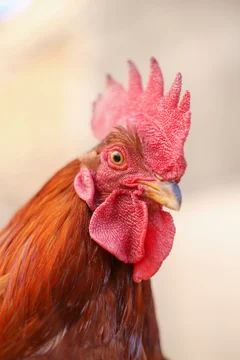Anyone who's ever heard a judge speak, be it at the Bench and Bar conference, a luncheon, or in the drive-thru of your local Arbys, will have heard them say that a shorter brief is often better.

Law being what it is, however, this advice isn't often taken. Looking at the last 7 motions to dismiss filed in the district (look, I got bored)—with the usual 20-page limit—the average length was about 18 pages.
And so, on this slow news day, I bring you what may be the shortest successful motion I have ever seen, so that we may all be inspired to similar brevity:
Dear Judge Andrews:
We write on behalf of MSN to respectfully request an emergency teleconference and a temporary restraining order restraining Novartis from forwarding today's final judgment to the FDA. MSN' s motion to delist the '659 patent is scheduled for oral argument on April 29, 2025, and if the Court grants the motion, then Novartis' loses its pediatric exclusivity and there would be no basis to re-set MSN's ANDA's FDA approval date. If Novartis were to forward the order to the FDA, FDA re -sets MSN's ANDA's approval date, and MSN is successful on its motion, then MSN would be irreparably harmed because it would not be able to launch its ANDA product even though Novartis would lose its pediatric exclusivity. In that regard, there is no harm to Novartis by granting MSN's requested TRO because the final judgment enjoins MSN from launching its product.
We respectfully request interim relief at the Court's earliest convenience.
Novartis Pharmaceuticals Corporation v. Dr. Reddy's Laboratories, Inc., C.A. No. 19-2053-RGA. D.I. 518 (D. Del. Apr. 1, 2025).
That little motion—which was actually emailed to chambers—won the defendant a short-lived TRO that very day:
MSN's request for temporary emergency relief is granted. Novartis and its agents are ORDERED to maintain the status quo. That is, Novartis is directed not to provide the final judgment entered today to the FDA. I do not see any harm to Novartis from brief delay, because MSN cannot launch. But Novartis can certainly respond to MSN's letter, and I will reconsider the issue after receiving any response from Novartis.
Id., D.I. 509.
As it happened, the whole thing ...







